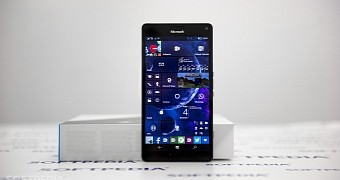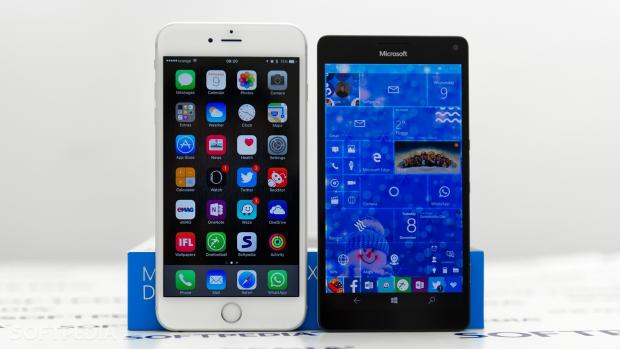Microsoft itself is no longer committed to Windows 10 Mobile, and the company recently admitted that no new devices and features are planned on this front.
While everyone’s hoping Windows phones to survive with the release of the eagerly-awaited Surface Phone, Windows 10 Mobile is at this point in maintenance mode, getting only security updates and occasional updates that come out of the blue even for diehard fans.
But despite all of these, there still are users out there who’re ready to stick with Windows phone until the very last moment. On paper, this would be mid-2019 when Microsoft officially ends support for Windows 10 Mobile, but it could take a bit longer until everyone abandons the platform.
Since I was a huge Windows phone fan myself before Microsoft stopped caring about the platform, I decided to give Windows 10 Mobile another chance and to actually replace my iPhone with a Lumia 950 XL for one full week.
For context, the Lumia 950 XL was my last Windows phone before I switched to the iPhone as my daily driver. I also use a Samsung Galaxy S8 to stay up-to-date with the Android ecosystem, but the iPhone 8 is currently the device I use most of the time.
With this experiment, what I tried to do was find out if I can survive with a Windows phone despite all the setbacks that an abandoned platform obviously brings. So I just wanted to see how the most hardcore Windows phone fans live these days. Without further ado, here’s what I found.
The lack of apps is still painful. Although I feel like the lack of apps on Windows phones has been overly-discussed, it’s getting substantially worse now that Microsoft itself confirmed the demise of the platform.
Developers obviously no longer have a reason to stick around, so they’re moving en-masse to Android and iOS where them majority of users are as well. Even though most websites offer mobile versions that could replace dedicated apps, not all of them provide the same functionality that you’d otherwise find in an app.
“Nope, can’t live without apps.”
At first, I thought I could do very well without apps since the essentials were there, including an email client, a browser, and so on. But trying to pay bills from my Lumia 950 XL proved to be quite a challenge, while on my iPhone, it typically takes less than a minute to make the payment using an enrolled credit card.
Don’t trust people saying that you can live without apps. That’s not true. Apps are an essential part of a mobile ecosystem, and without them, you’re missing on lots of features that other people are enjoying on Android and iOS.
I’m feeling just as secure as on my iPhone. One of the good things about using a Windows phone, however, is that your data is not exposed to hackers in any way.
As compared to Android, where malware can compromise devices when downloading apps from third-party sources or even from the Google Play Store, iPhones are more secure mostly thanks to Apple’s walled garden. And while Windows phones do not come with as many restrictions as iPhones, the platform hasn’t suffered any breach and it is at least as secure as Apple’s mobile OS. Maybe this has to do with the small userbase, which means cybercriminals don’t have a reason to develop malware for Windows phones, but this is the feeling that it gives when using it.
Everything feels abandoned. Unfortunately, with Microsoft confirming the demise of the platform, it’s hard to use a Windows phone without thinking that it no longer has a future.
“Just… crickets.”
First-party apps still receive occasional updates, but other than that, it’s pretty quiet in there. Windows phone communities are shrinking as well, and it’s becoming harder to find someone who still uses Microsoft’s mobile OS.
Slow performance, plenty of bugs. Windows 10 Mobile was launched in late October 2015 on the Lumia 950 XL, and at that point, many people criticized Microsoft for launching what they described as an unfinished operating system.
Without a doubt, Windows 10 Mobile wasn’t ready to launch so early, and unfortunately, despite more than two years have passed since then, it still feels like work in progress.
Microsoft has refined the performance of Windows 10 Mobile with the few updates that it shipped in the last 24 months, but in terms of user experience, little has changed. Bugs are still there, and new ones show up every once in a while, as it’s the case of the Skype update that made the camera stream video upside down.
Performance is also substantially impacted and my Lumia 950 XL, despite being a flagship, feels slow when running simple tasks like opening a YouTube video.
Unfortunately, at this point there’s absolutely no chance any of these could change. And since I think a conclusion doesn’t make sense given all the above, I’ll end the article with a question: is Microsoft the only one that can be blamed for the death of Windows phones?

 14 DAY TRIAL //
14 DAY TRIAL // 

